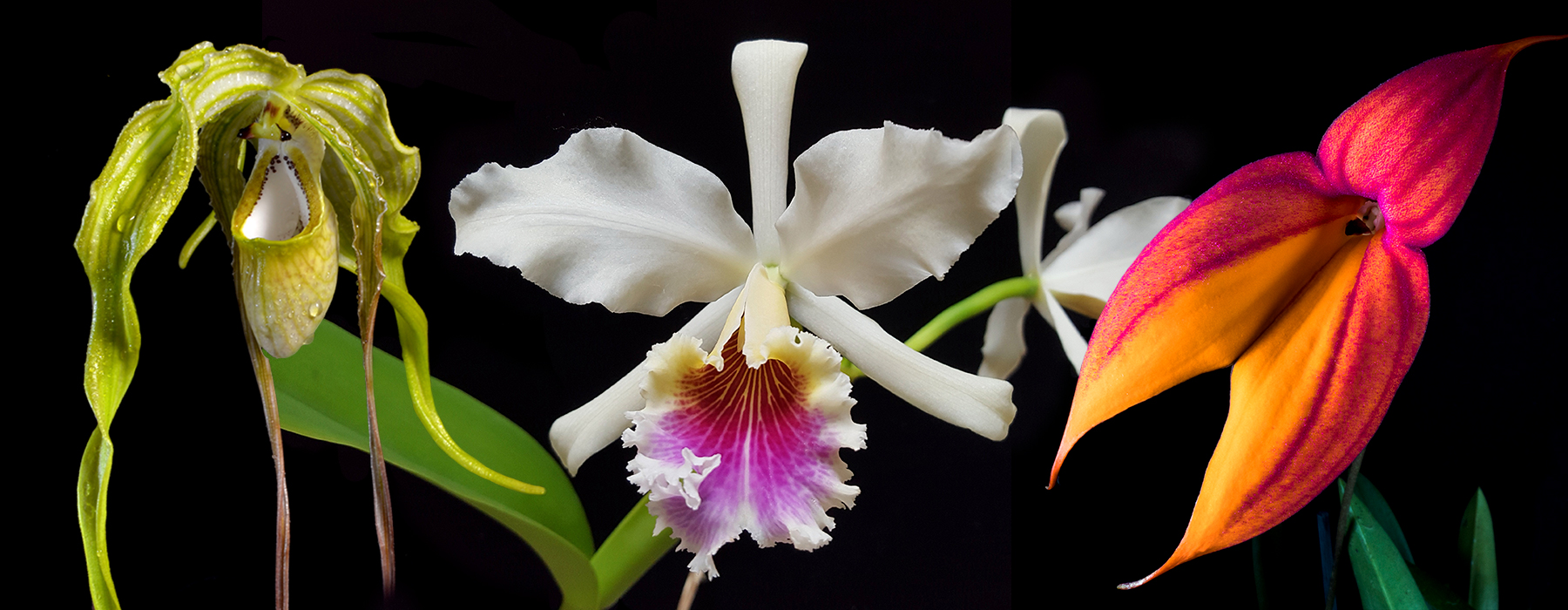
If you are going to Machu Picchu, you may be surprised to stumble upon so many varieties of orchids of Machu Picchu. There are a great diversity of orchids species in Perú, some restricted to their natural regions. They are epiphytic or terrestrial. They grow between 100 and 4,600 meters above sea level. Many of orchids species of Perú are in danger of extinction due to illegal trade and deforestation of their habitat.
There are literally thousands of orchid species in Peru, many of which are located in the low cloud forest eco-regions around Machu Picchu. It is estimated that as many as 50% of Peru’s more than 3,000 orchid species remain unidentified by science.
The diversity of microclimates in Peru allows a great variety of orchids. They have been appreciated since pre-Columbian times by the native cultures of Peru.
The Orchidaceae family is one of the largest among the superior plants and its distribution is worldwide; the described species are estimated at 25,000, distributed in 750 genera.
Their growth habits are very varied and can be separated into two large groups: epiphytes and terrestrial (within this group are lithophytes), including even an underground species (Rhizanthella gardneri), which grows in Australia. In the tropics most of the orchids are epiphytes and very showy flowers, while those of temperate zones are terrestrial and of little attractive flowers.
The orchid flowers are generally hermaphrodite and bilaterally symmetrical. In the vast majority of the flowers are made up of three external elements called sepals, two lateral and one dorsal, and three internal elements called petals, the lower one modified on a lip or lip, larger and more intense in color than the remaining.
The lip is often trilobed with fleshy ridges or a basal spur, and often with a completely different color pattern than the other two petals.
Orchids are a well-distributed and extremely varied plant family, often with fragrant, colorful and bizarrely shaped blooms. The Orchid family is one of the largest families of flowering plants, containing around 600 genera, and comprising approximately 10% of all seed plants. All orchids are myco-heterotrophic, meaning they form a relationship with fungi in the soil in order to get their nutrients. Because of their vibrantly colorful, often strange and perfumed blooms, orchids seem to possess a certain mystique that has captured the imaginations of humans from time immemorial. In fact, dedicated orchid horticulturists and enthusiasts have been known to compete, fight over and even commit crimes in the service of their obsession.

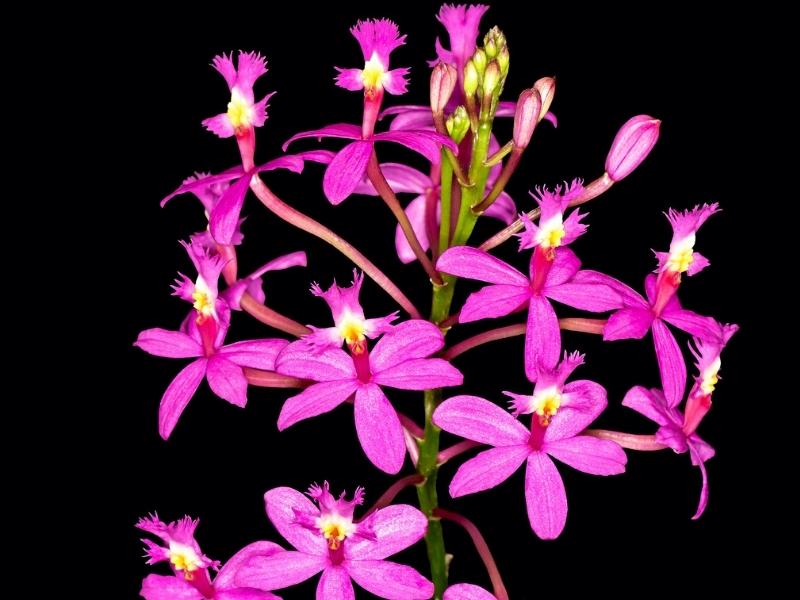
Found at Machu Picchu and along the Inca Trail hike, this is an orchid with multiple white to fuchsia blooms. Each flower is around an inch in width. Wiñay Wayna means “Forever Young”; Wiñay Wayna Pass on the Inca Trail hike takes its name from this flower. The orchid is pollinated by both butterflies and birds. Flower essences made from this orchid are said to preserve youth and vitality.

Is one of the most common orchids in the region on the inca trail hike to Machu Picchu. This orchid has 5-8 flowers per stem, and is deep pink and white in color. It’s an ephemeral orchid, lasting for only a few days and blooming between February and April. Its essence is said to have a calming and grounding effect.
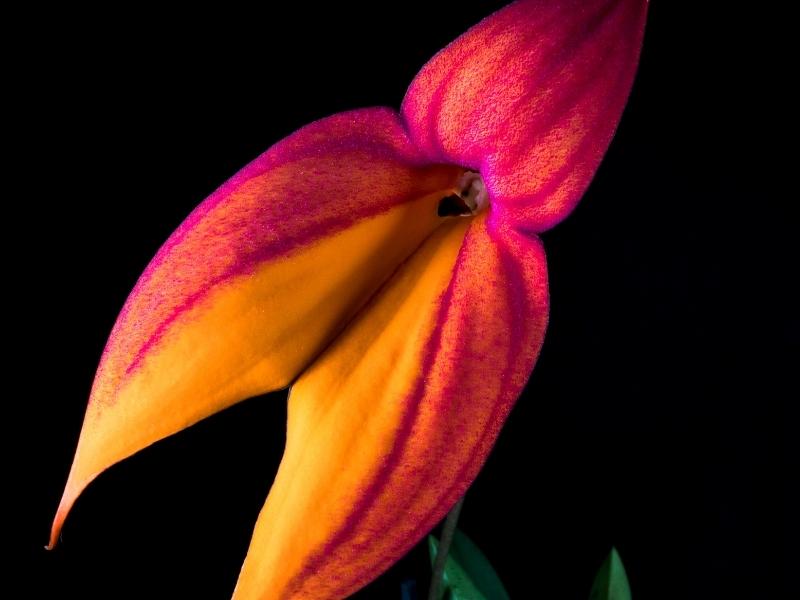
This orchid’s common name in Quechua, Waqanki, means “You will Cry.” This is a single-flower orchid that grows in crevices on rocks. It has orange sepals with purple spots on the sides. A Quechua legend recounts that an Inca princess’ forbidden love for a common soldier led to the creation of this orchid.
With beautiful petals in litmus; The great variability in the color and shape of its flowers means that no camera can capture it in all its splendor, being highly appreciated by growers around the world, which has earned it many international awards. Finding a beauty like this in its natural environment is part of the experience offered by the sanctuary of Machu Picchu and Inca Trail hike. It develops between 2,100 and 3,310 meters of altitude, of terrestrial habit and rarely epiphyte. It is used a lot for the creation of hybrid species. It can measure up to 20 cm long by 6 cm wide. The Waqanki orchid is considered a national treasure of Peru.
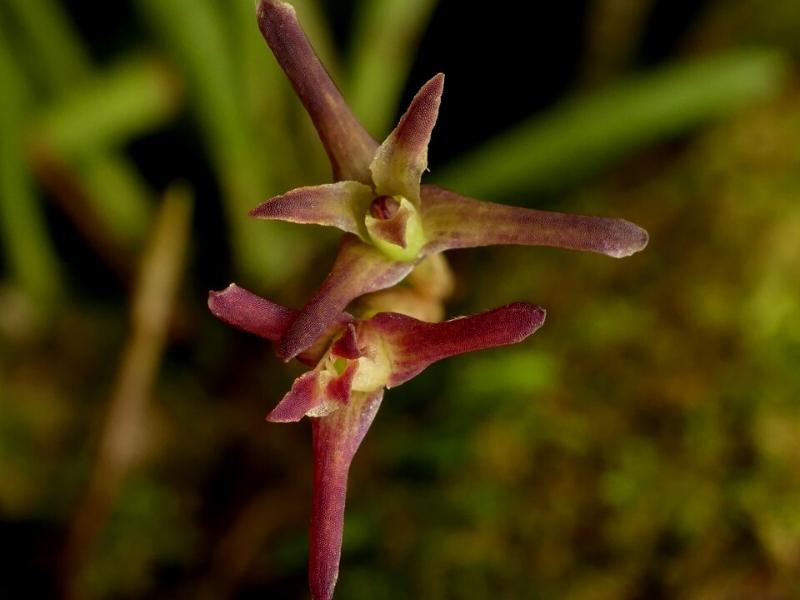
This tiny species measures just 8 mm, its strange shape provides its name, which derives from the Greek meaning pointed tongue, it extends from Mexico to Brazil and Bolivia, it develops in rainforests and humid forests with temperatures from warm to cold, from sea level up to 2,600 meters of altitude.

It is an epiphytic, medium, uniflora plant, like the tulip or magnolia, with 2.8 x 2.8 cm flowers. It can be perceived by its aroma similar to coriander. Its flowering lasts for 15 days. Discovered by the late gardener Moisés Quispe, (dragged by a huayco years ago) and can be found from sea level.
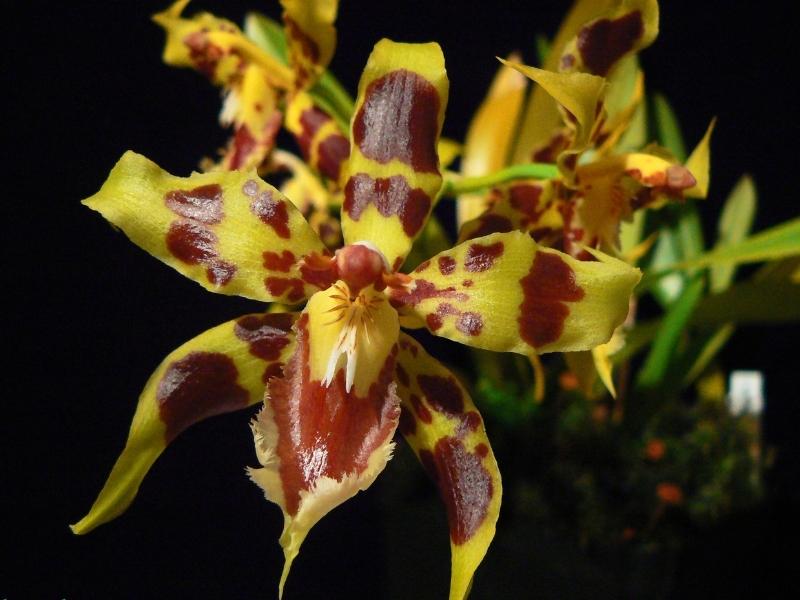
Epiphytic orchid that spreads through countries such as Ecuador, Colombia, Peru (Cusco and Cajamarca) and Bolivia, we can find it between 1,700 and 2,100 meters of altitude. So simply beautiful that it inspires peace. It is found in the humid subtropical jungle and the humid sub-tropical jungle of the sanctuary. It can be found in bouquets of up to a dozen, with a scent between jasmine and roses.

This little girl is found growing as an epiphyte and lithophyte, in Venezuela, Colombia, Ecuador, Peru (Amazonas, Cajamarca, Pasco, Cusco, Puno) and Bolivia. In the Historic Sanctuary of Machu Picchu it is found from 2,060 to 4,150 meters of altitude, it develops in humid mountainous forests, growing in the form of a vine.
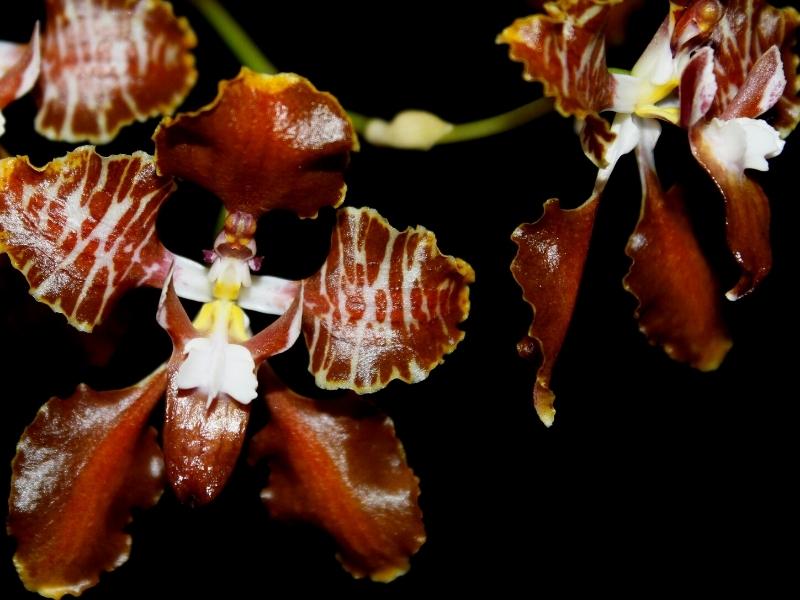
Endemic to the Historic Sanctuary of Machu Picchu, it blooms between August and October, it is found from 1,500 to 3,600 meters of altitude, especially in cloud forests with cold climates, it presents long-stemmed bouquets of few flowers, of 5 cm. long by 4 cm. Wide.
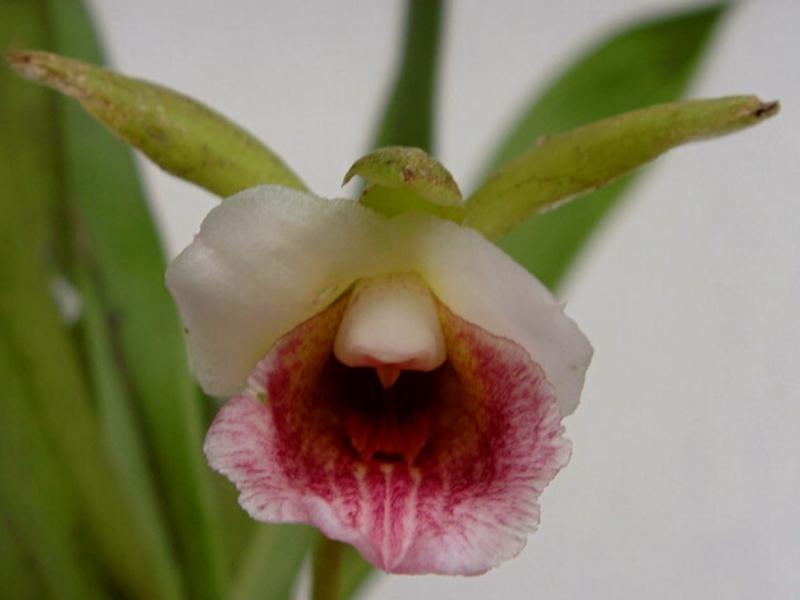
Epiphytic plant from warm to cold areas, which extends from 500 to 2,400 meters of altitude, it is found in Peru and Bolivia, easy to find in the Historic Sanctuary of Machu Picchu. It develops in the humid subtropical forest and the humid sub-tropical premountain forest, it presents a single flower of about 10 cm. long, sprouting from the base of the plant simultaneously.
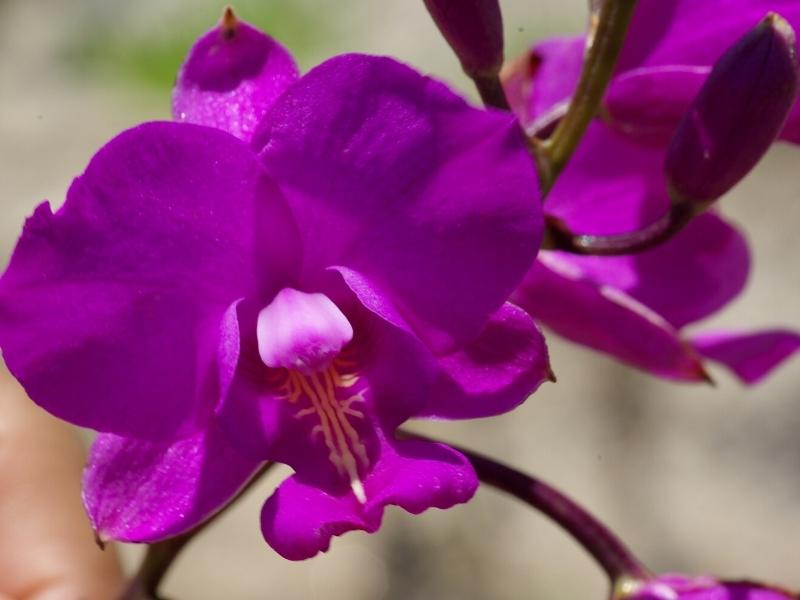
Variable in size with two to four lanceolate leaves. Formosa plant (presents spheroidal bulge), its flower varies from 4 to 5 cm. long, it has stems with about a dozen purple-pink to fuchsia flowers. The highest flowering is from January to February.
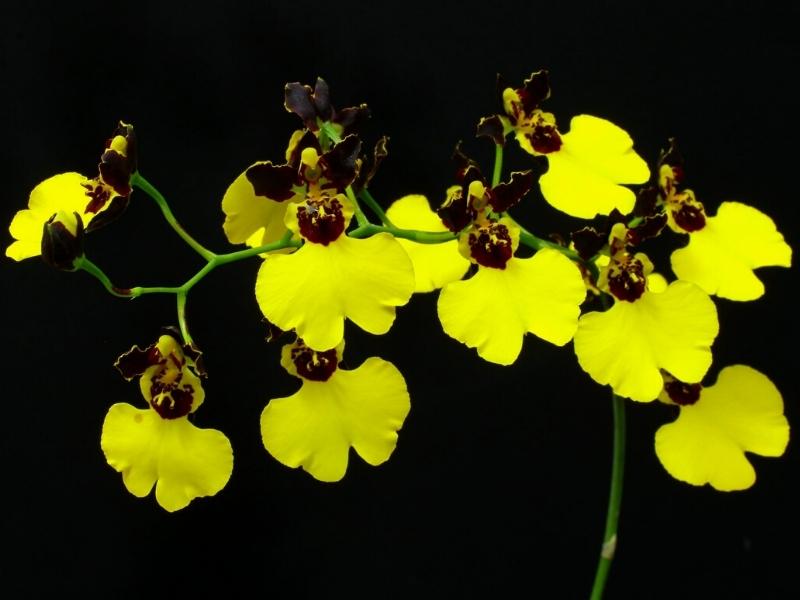
Epiphyte. Pseudobulbs: It has impressive bright yellow flowers with red-brown spots, they are 2 to 5 cm in size. long. Lip prominent, discoidal, unifoliate. Its flowering time goes from February to May.
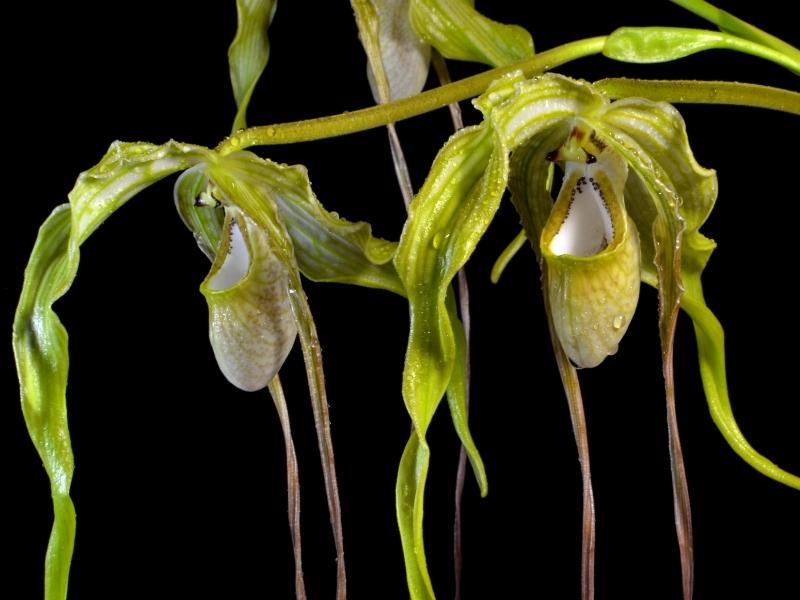
Terrestrial and Epiphyte, with leathery leaves. Petals brownish-purple, large, some of them reach 20 to 80 cm. long. Two blooms a year have been reported, May, June and February. This is the largest orchid flower that exists.
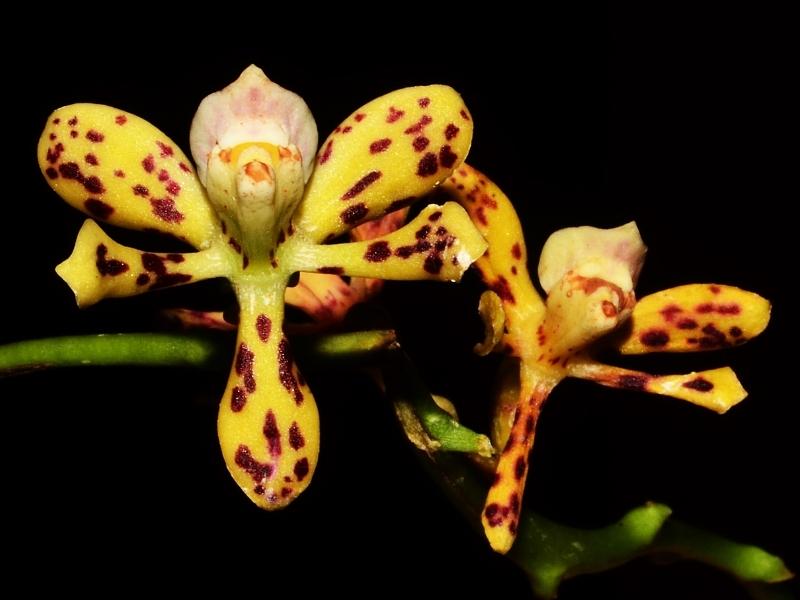
Terrestrial, it has creamy red-brown speckled flowers with elongated pseudobulbs, two to three leaves; It has a size of 2 to 3 cm. long. The largest flowering is from November to April.
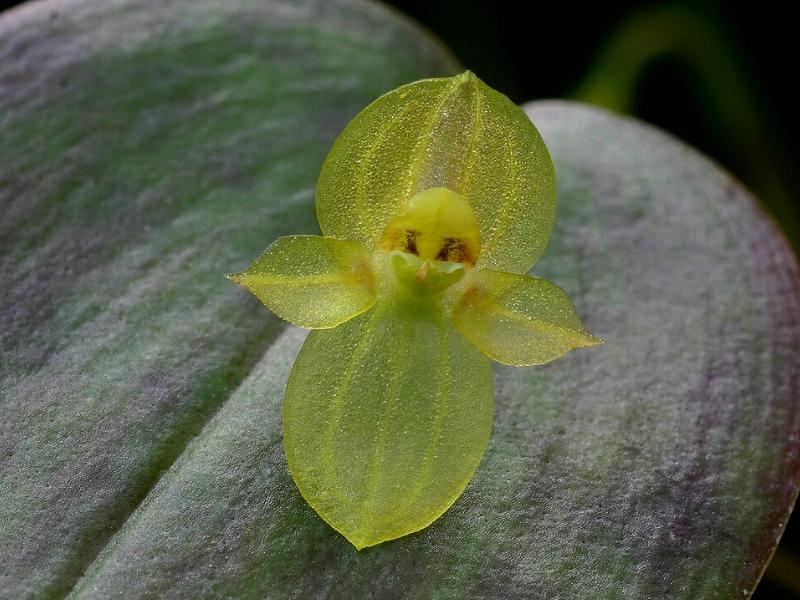
Epiphyte and terrestrial, quite smooth leathery leaves. With 1.5 cm long flowers, and creamy green to yellow on sepals and petals. Flowers from October to December.
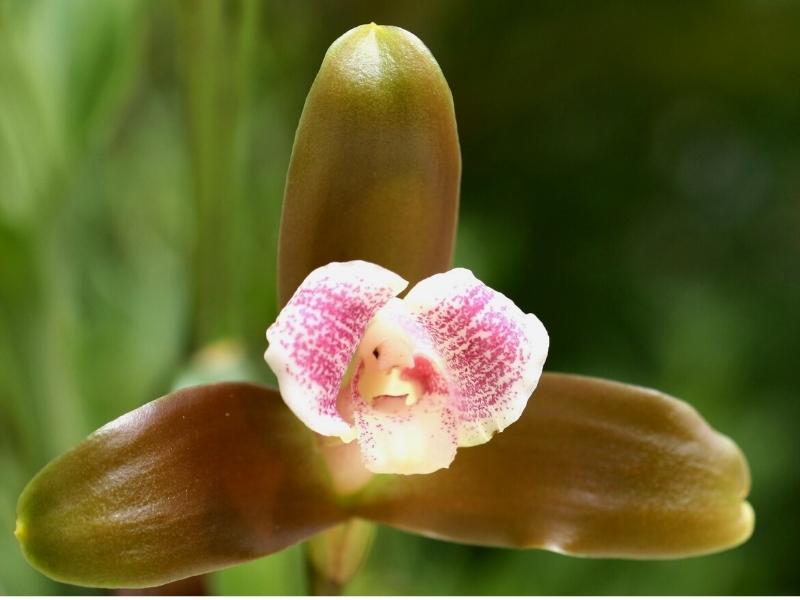
Terrestrial and Epiphyte. Presents cavities, which give the sensation of grooves. Generally 2 to 3 leaves; flowers 6 to 9 cm. wide, dark brown sepals, petals and creamy white lip, its flowers are long lasting. Flowers from November to January.
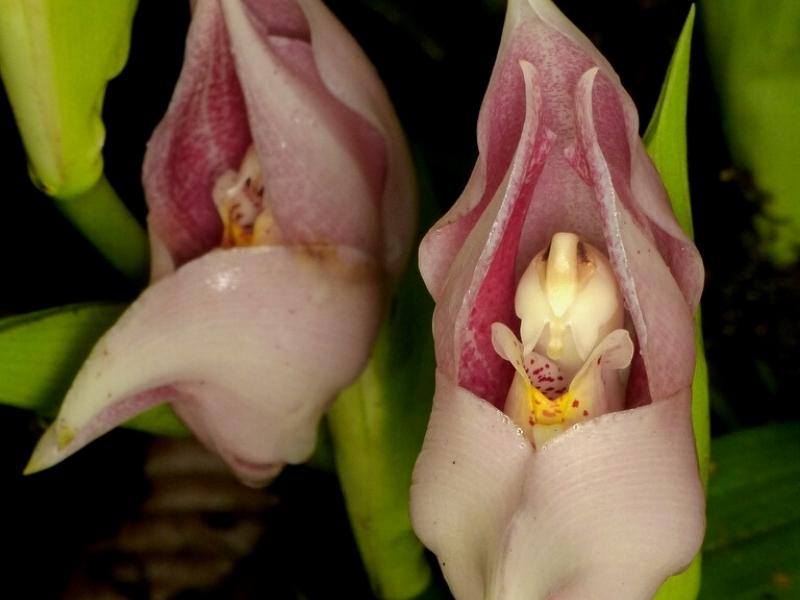
Terrestrial, it has dark green pseudobulbs, ovoid, with two to three leaves. With a flower that measures 7 cm. long, white with purple-pink spots on the lip, sepals and petals. Flowers from October to November.
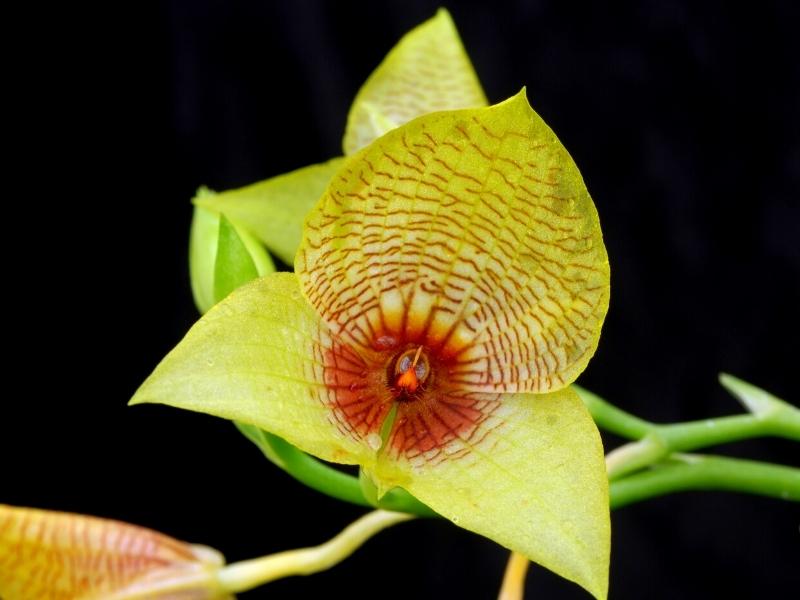
Clearly epiphytic. Short stem and oval leaves. It has a flower 4 cm long. Yellow-green sepals and yellow petals, with purple veins. Column with purple brown mushrooms. Flowers from April to June.

Epiphyte or lithophyte. Sepals light purple to pale pink with purple spots. Large leathery leaves, up to 12 cm. long, white petals, with a flower that measures approximately 7 cm. long. New species for science. Flowers from December to January.

Epiphyte. Inflorescence flattened, in racemes, acuminate linear leaves. It has a flower up to 2 cm long. Sepals and yellow petals. Yellow lip with purple veins. Its flowering stage goes from January to February.

Epiphyte with cylindrical pseudobulbs, unifoliate leathery. With flowers up to 2 cm, with purple-pink to fuchsia sepals, petals and lip (with a noticeable spur). Flowers from December to March.

Epiphyte. Leaves with prominent petiole, uniflora. With flowers of 6 to 7 cm. long; Whitish sepals with red-purple dots and veins. This species is new to science. It has beautiful white petals.

Also called “flower of a day” for its short duration and delicacy; It generally grows in the open or under very little shade, in rich, loose soil, somewhat damp. Restricted habitat. 8 cm.

It grows in open places in rocky and mossy soil, with a somewhat restricted habitat, the flower is about 2 cm. Paqaymayu 2,300 masl.
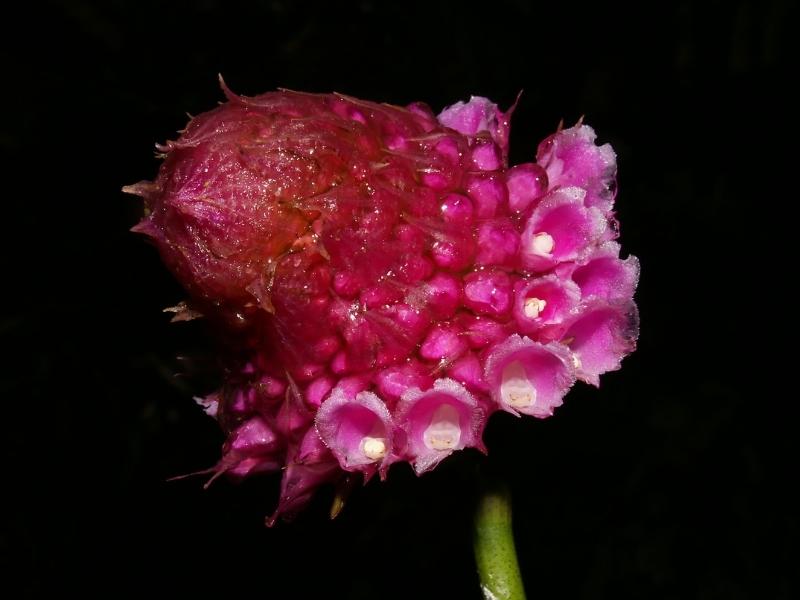
It grows in sunny open places or under little shade; in moist and rich soil, forming considerable colonies; wide habitat; the plant exceeds one meter in height; the floral ear measures 10 cm. Wiñaywayna 2,500 masl.
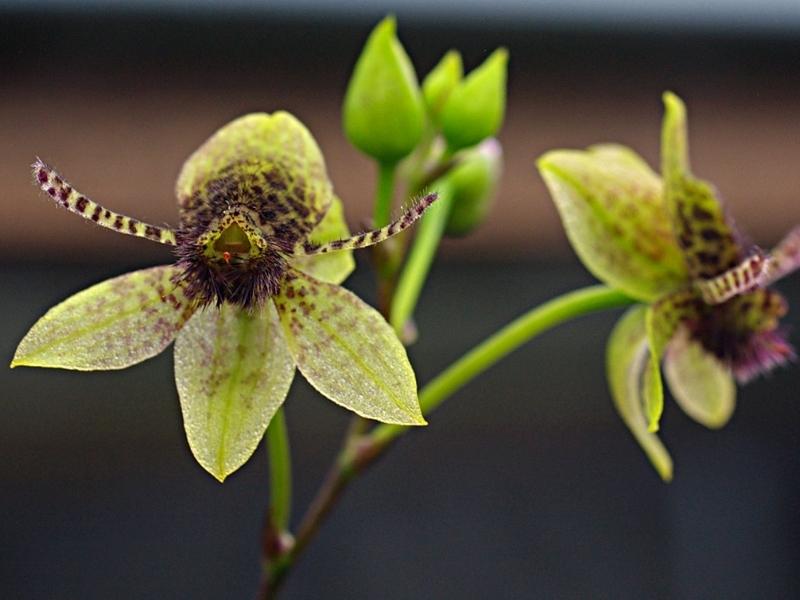
It grows under the shade of sparse forest; on slightly mossy branches. Gives off an unpleasant odor; it is not very common in the Sanctuary. Restricted habitat. 2 cm. Patallacta 2,800 masl.
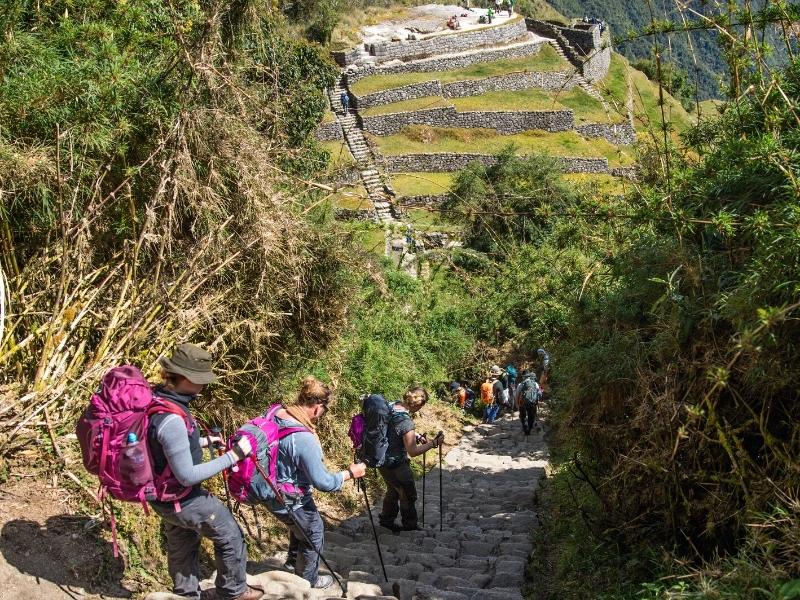
The 5-day Inca Trail to Machu Picchu is a trek that will show you the best landscapes and Inca ruins. This option is recommended for lovers of culture and a more leisurely pace of walking.
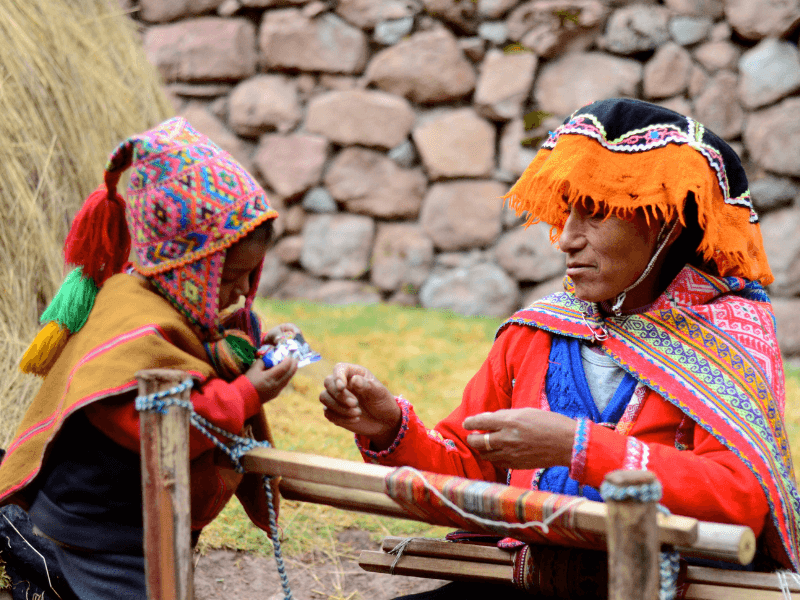
Embark on an incredible Cusco Andean exploration through Lares trek with a taste of the iconic Inca Trail to Machu Picchu, through the Sacred Valley of the Incas.

Explore the Lares Trek to Machu Picchu, this trip takes you to the heart of the Andes where few tourist have ventured, you will enjoy the Andean traditions and original indigenous villages, who are still keeping the incas traditions, imposing glaciers, green lakes, waterfalls, llamas and alpacas.

See Peru in comfort and style with Andean Great Treks. We’ll create a personalized Peru tour just for you, with the perfect mix of locations and activities. Discover the ancient Incan citadel of Machu Picchu with an expert private guide. Enjoy the epic scenery of the Sacred Valley of the Incas and the rich history of Cusco. Explore the wonders of the great green Amazon.


Peru is a country with different cultures and beautiful landscapes. It has one of the best gastronomy in the world. This tour is designed for travelers looking for unique and special moments in their vacations, and families who want to avoid crowds. You will visit the ancient city of Lima, the Amazon forest, the beautiful sacred valley of the Incas, the wonder of Machu Picchu.

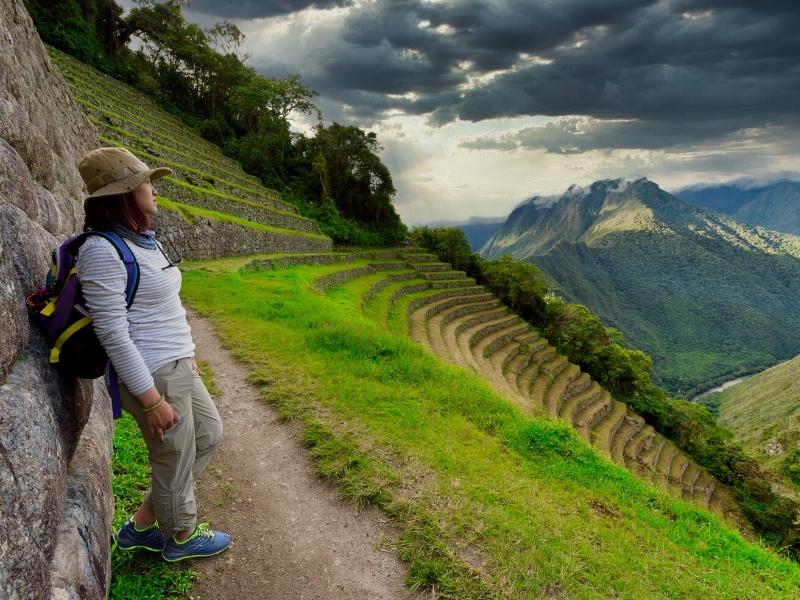
The 2-day Inca trail to Machu Picchu, is the shortest version of the Inca trail circuits to the sacred citadel of Machu Picchu. Andean Great Treks organize this trek with the best local guides and hotels in Machu Picchu. We work only in small groups, the premium service for your delight in Cusco.